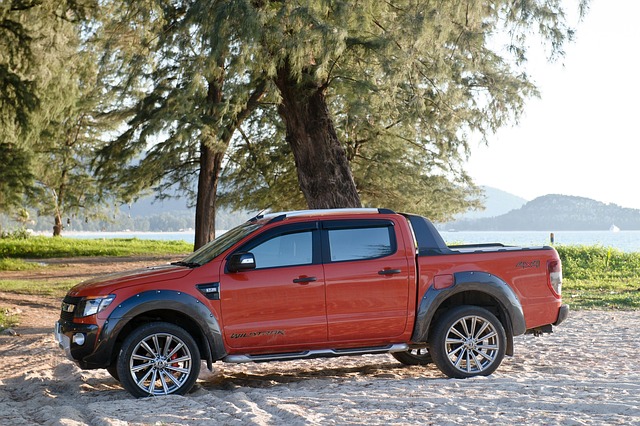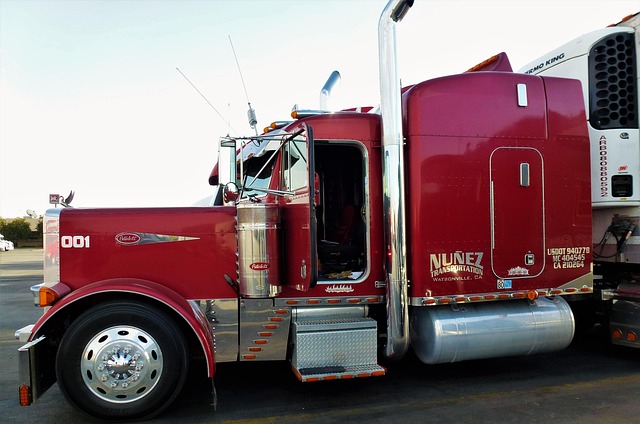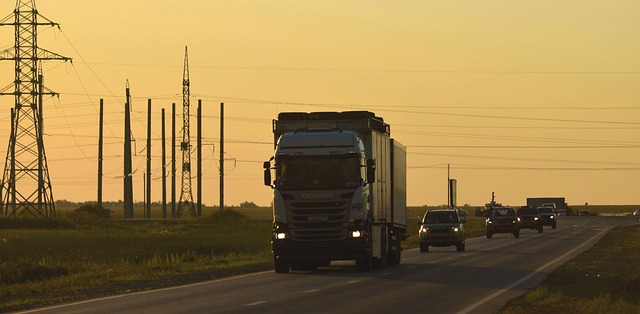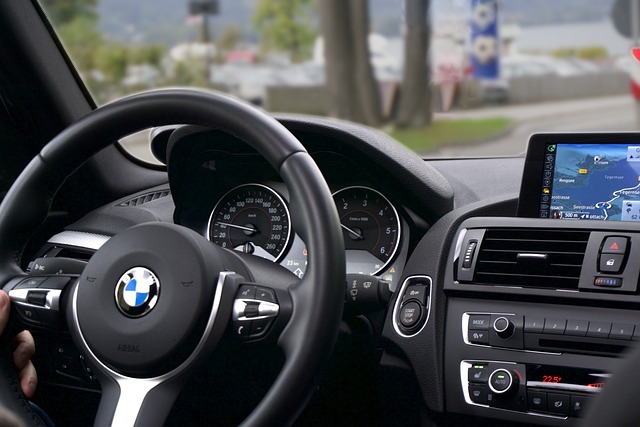Looking to register your car in California? Navigating the process can seem daunting, but it’s a crucial step for all vehicle owners. This guide breaks down the California car registration process step-by-step, focusing on key aspects like VIN verification. From gathering essential documents to submitting applications and fees at the DMV, we’ll ensure you’re prepared. Discover how to efficiently complete your VIN check and receive your California registration certificate.
- Understanding the California Car Registration Process
- Gathering Required Documents for VIN Verification
- Conducting a Vehicle Identification Number (VIN) Check
- Submitting Applications and Fees to the DMV
- Receiving Your California Registration Certificate
Understanding the California Car Registration Process

Understanding the California Car Registration Process
Registering a car in California involves several key steps, including verification of your vehicle’s unique identifier, known as the Vehicle Identification Number (VIN). This process ensures that all vehicles on California roads are properly documented and safe for operation. The first step is to gather essential documents, such as proof of ownership, proof of insurance, and a valid driver’s license. Once these documents are in hand, you’ll need to visit a California Department of Motor Vehicles (DMV) office or use their online services to initiate the registration process.
A crucial part of this process is the VIN verification, which can be conveniently conducted through a mobile vin inspection service. This allows for a quick and efficient way to confirm your vehicle’s identity and history, ensuring that it meets all safety standards. Alternatively, you can opt for a traditional vin inspection at a DMV office. By following these steps and utilizing available tools like mobile vin verifiers, registering your car in California becomes a straightforward and manageable task.
Gathering Required Documents for VIN Verification

Before you begin the registration process in California, it’s crucial to gather all the necessary documents for VIN (Vehicle Identification Number) verification. This step is an integral part of ensuring your vehicle complies with state regulations. You’ll need to provide proof of ownership, typically a vehicle title or a bill of sale, along with valid identification documents such as a driver’s license or passport. Additionally, insurance papers are essential; you must have active auto insurance coverage to register your car.
For convenience, many residents opt for a mobile VIN verifier service, allowing them to complete the verification process efficiently. These services offer a quick and often digital way to confirm your vehicle’s details, making it easier to navigate the registration procedure. With just a few simple steps using a mobile app or online platform, you can ensure that your car meets all the requirements for California registration, streamlining the entire process.
Conducting a Vehicle Identification Number (VIN) Check

Before you can register your car in California, conducting a Vehicle Identification Number (VIN) check is a crucial step. This process involves verifying the vehicle’s history and ensuring it meets all legal standards. A VIN inspection is essential to confirm that the car hasn’t been reported stolen, has no outstanding recalls, and has a clean title. You can perform this vin verification yourself or opt for a convenient mobile vin inspection service.
During a typical vin inspection, you’ll need to locate and check the VIN plate, which is usually found on the vehicle’s chassis or door. This unique 17-character code provides detailed information about the car, including its make, model, year, and manufacturing location. By inputting this data into an online database, you can gain access to a comprehensive report that includes previous ownership history, maintenance records, and any reported issues. This step is critical for California car registration as it helps protect against fraud and ensures only legitimate vehicles are on the road.
Submitting Applications and Fees to the DMV

To register your car in California, you’ll need to submit several applications and fees to the Department of Motor Vehicles (DMV). The process begins with gathering essential documents, including proof of ownership, vehicle identification number (VIN) verification, and current registration from another state. Once these are prepared, you can either visit a DMV field office or utilize their online services for registration.
For accurate VIN verification, many California residents opt for convenient mobile vin inspection services. These services allow for quick and reliable checks, ensuring your vehicle’s history is free from any issues. By combining the necessary paperwork with a valid mobile vin verifier, you streamline the registration process, making it faster and more efficient than ever before.
Receiving Your California Registration Certificate

After submitting your application and required documents, you’ll receive your California Registration Certificate. This crucial document verifies that your vehicle is legally registered in the state and grants you the right to operate it on public roads. It’s essential to keep this certificate secure and accessible, as it may be needed for future reference or during a vin inspection.
The process typically involves ensuring accurate information is displayed on the certificate, including your vehicle’s unique Vehicle Identification Number (VIN). Many individuals opt for a mobile vin inspection or mobile vin verifier to streamline this step, providing convenience and peace of mind that all details are correct before hitting the open road.
Registering a car in California involves several straightforward steps, from understanding the process to submitting applications and receiving your certificate. Ensure you gather all necessary documents for VIN verification, conduct a thorough check, and adhere to the state’s guidelines. By following these steps, you’ll be well on your way to securing your vehicle’s registration in no time, ensuring smooth operation on California’s roads.



